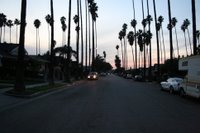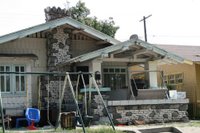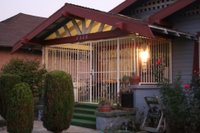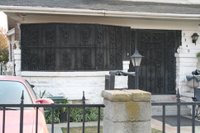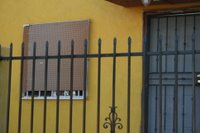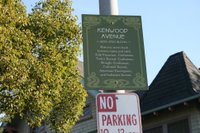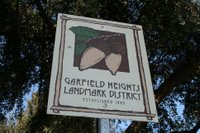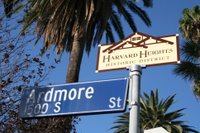Holiday Tour
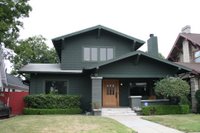 The 22nd annual West Adams Heritage Association historic architecture tour and progressive dinner will be held Saturday, December 6, and Sunday, December 7.
The 22nd annual West Adams Heritage Association historic architecture tour and progressive dinner will be held Saturday, December 6, and Sunday, December 7.This year's tour neighborhood, the West Adams Avenues, is a long, narrow slip between Arlington & 13th Avenue, Adams Avenue and the 10 freeway, originally part of the Arlington Heights Township laid out in 1887 and largely developed between 1905 - 1919.
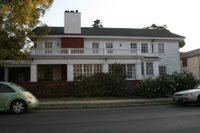 On Saturday, docent led tours through six houses depart on the half-hour, from 3 to 6 p.m. and on Sunday from 3:30 to 5:45 p.m.
On Saturday, docent led tours through six houses depart on the half-hour, from 3 to 6 p.m. and on Sunday from 3:30 to 5:45 p.m.On Sunday, a food-less, self-guided walking tour is available from noon to 3 p.m*.
A fund raiser to benefit preservation advocacy and programs in West Adams, tickets are $85 (*$30 for the self-guided Sunday option sans grub) and must be purchased in advance. For more information, e-mail: wahaholiday@aol.com, or call 323-732-4223.
On Saturday I'll man my usual post, front porch docent at the "Soup House," pictured top.
Labels: Announcements

